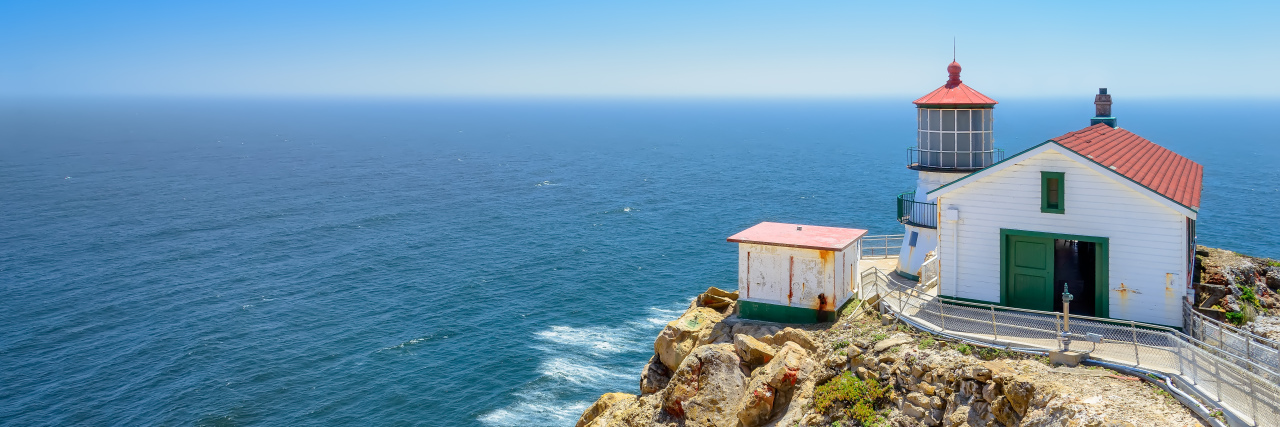Having been my mainstay of my life before injury, backpacking has taught me many invaluable lessons. How to work with others under stressful conditions, self-reliance, leadership, and perseverance all were some of my most valuable lessons from the backcountry. Before my accident, I would go off into the woods and walk around for a few days on my own, seeking solitude and affirming my own self-reliance. My perceived inability to do this was what I first thought of after my injury, and the first time I allowed myself to indulge in self-pity. How could I spend any amount of time in a wilderness environment If I can’t even take care of myself? A little over a year an a half from that thought, I was back on the trail, for one night at Point Reyes National Seashore’s coast camp number 6.
Being new to the wheelchair life, it is full of experiences that are both familiar and novel. Rolling down the trail is filled with new sensory experiences and thoughts. I reflect on the ease with which I could have traveled down this trail on foot, then with surprise on how smooth the pushing feels on the flats, then silently cursing, wondering why horse owners don’t have to pick up after their animals, while simultaneously daydreaming about horse-powered backcountry travel.
It had all started months before, when emboldened by The No Barriers Summit I told my father to book a hike in a campsite at the seashore. I spent much of the next few months preparing for the trip by going on hikes at local county parks, and Big Sur for appropriate terrain-simulating day trips. I relied on my backpacking experience to make the appropriate gear selections for expected conditions. My final piece of preparation was refining my floor transfers. I knew I would be sleeping on the ground and wanted both directions to go as smoothly as possible.
Some of the other logistic most related to SCI are bowel and bladder care. Bladder is fairly straightforward — I brought enough catheters and stored them in a watertight hard container to avoid damaging them. The bowel program required more foresight, but I still brought the minimum required supplies of gloves and lubricant should an emergency arise.
For mobility aids, I used my TiLiteAero T, with a freewheel and a smart drive, 26-inch solid fill wheels with a moderately aggressive tread.
The trail was a fire access road. The main obstacles were camber, horse droppings and gravel. I required the most assistance down and up the steep hills. I had a moment about a half mile in where after almost tipping over, (thanks for the save, dad) near an extremely steep hill and a little girl crying, where I questioned why I had even decided to go. This feeling stayed with me until I reached camp and reflected on what this journey meant to me. I was able to immerse myself in a place that brought a sense of beauty and calm with people I love. I carried my quilt, tarp, layers and cooking equipment on my back. I carried a majority of my weight under my chair to keep my center of gravity low and maximize my stability.
Overall, the trip was like a lot of my other trips, with all the highs and lows that make backpacking such a gratifying endeavor. I am planning a multi-day kayaking trip on the northern coast of CA in the spring as my next adaptive adventure. I really wanted to get this post out there for others to realize these kinds of trips are still very possible.
Cheers and happy trails!
Getty image by Lucky Photography.

